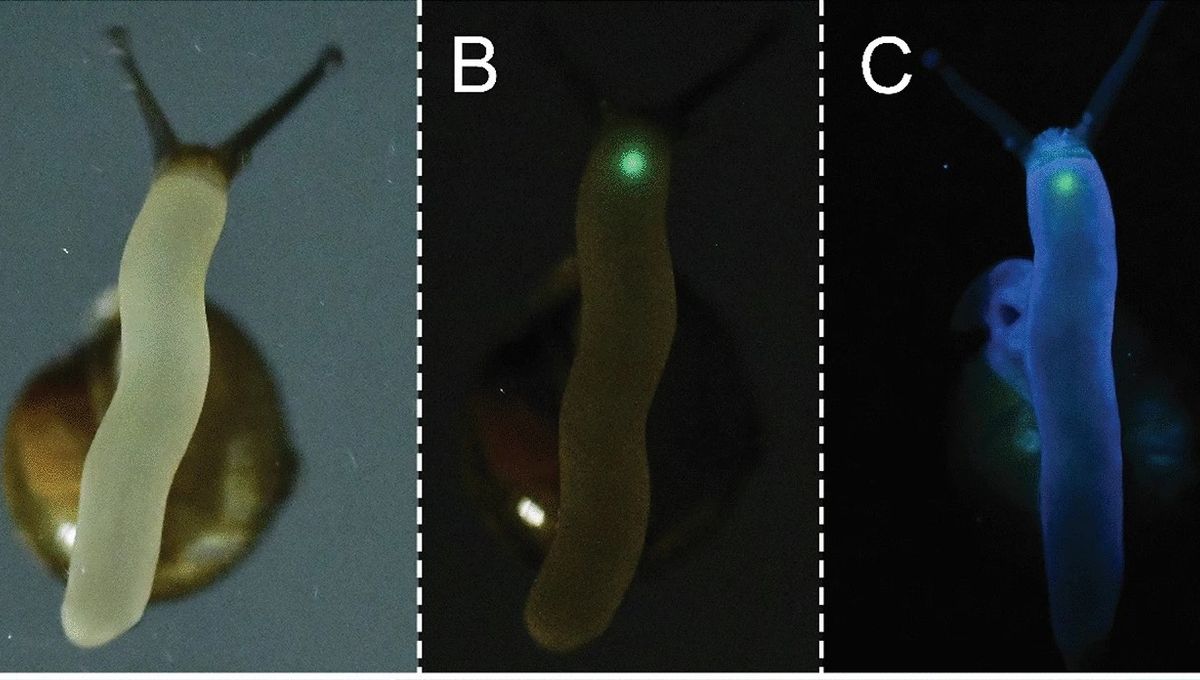
Japanese and Thai researcher have identified four species of luminous snails in what is only the second discovery of this kind in 80 years.
Bioluminescence is actually quite rare among animals. To date, scientists have only identified around 7,000 species of animals that can glow this way, most of which are located in the world’s oceans.
The phenomenon is caused by chemical reactions that take place in the creature’s body, a process like that harnessed by human researchers performing chemiluminescence assays. The reaction creates a small amount of heat, which is sometimes referred to as “cold light”.
The wonderful world of glowing snails is as rare as it is mesmerizing. For decades, the only known example of bioluminescent land mollusk was Quantula striata, the “blinking snail”, which was discovered in 1943. This adorable medium-sized, air-breathing snail lives in a few places throughout Singapore, Malaysia, Cambodia, the Philippines, Fiji, and on some of the islands around the Riau Archipelago. But for all its glowing glory, it appeared to be the only one of its kind. That is, until now!
While examining various terrestrial snails collected in Thailand during 2022, an international team of researchers from Chubu University in Aichi Prefecture, Japan, and Chulalongkorn University, Bangkok, Thailand, discovered four new species that join “Blinky” in this previously lonely category.
According to the study, the snails all belong to the genus Phuphania, and produce a continuous green light from cells that appear in the snail’s mantle and foot. These luminous parts and their patterns are completely different to those of Q. striata.
“Although both Quantula and Phuphania can produce a green light, the luminescence patterns are different,” the authors write in their paper. “The luminescence displayed by Quantula is rhythmical blinking or flashing, while Phuphania glows continuously.”
It is likely the snails produce this light to avoid predators. According to the Asahi Shimbun, Professor Yuichi Oba, of Chubu University’s Department of Environmental Biology and a member of the research team, they may do this by mimicking the glow of other luminous creatures that are actually poisonous, such as firefly larvae.
The study is published in Scientific Reports.
Source Link: Four New Luminous Snails Come To Light In Second-Of-Its-Kind Discovery